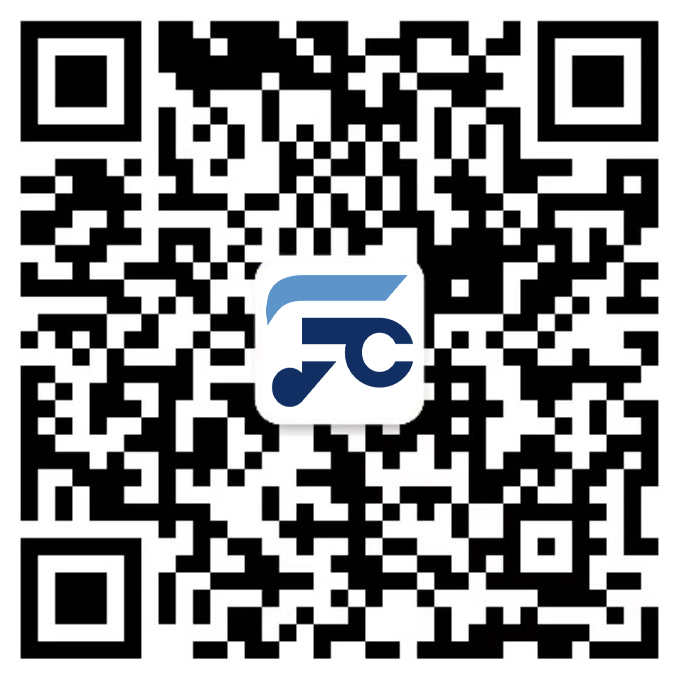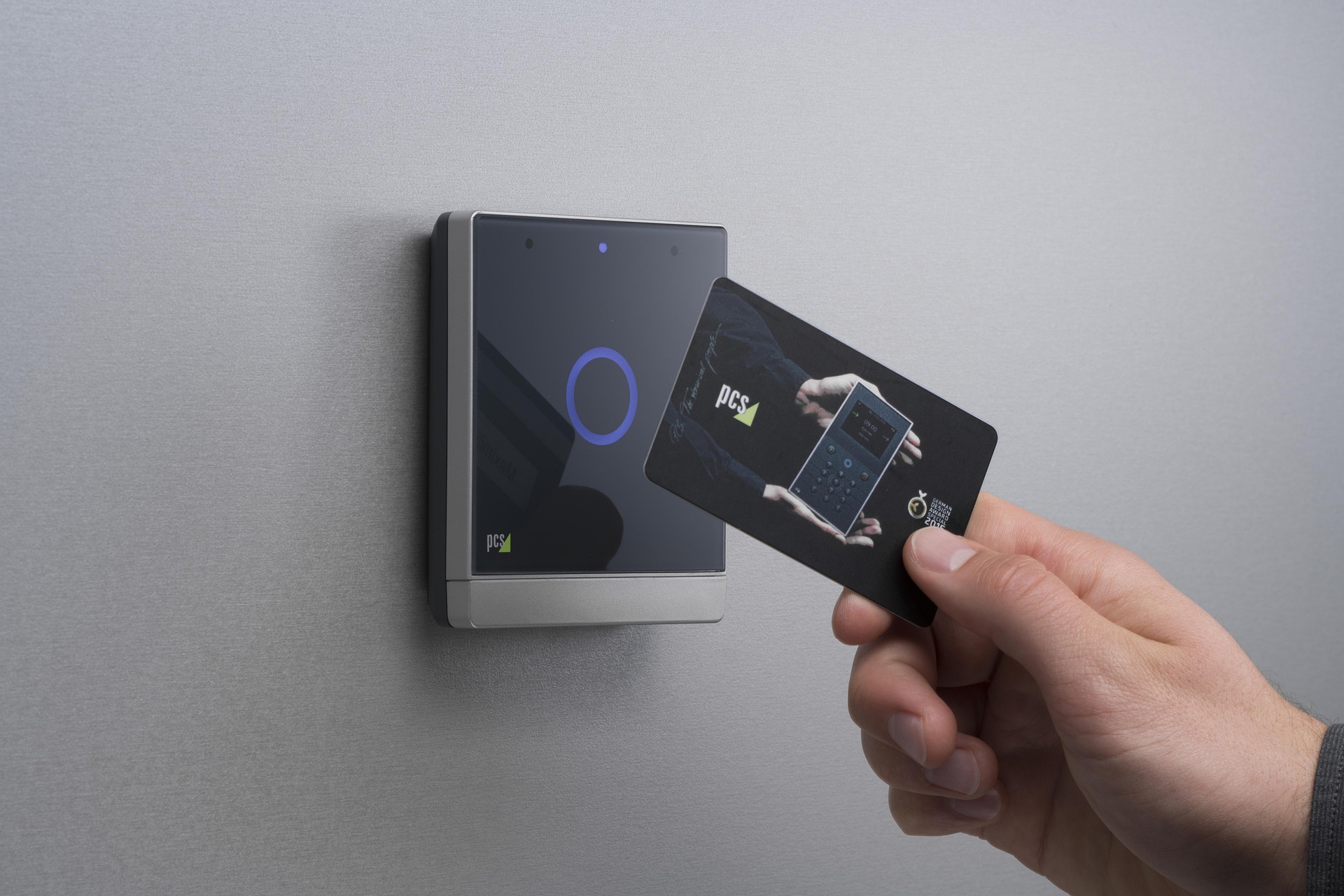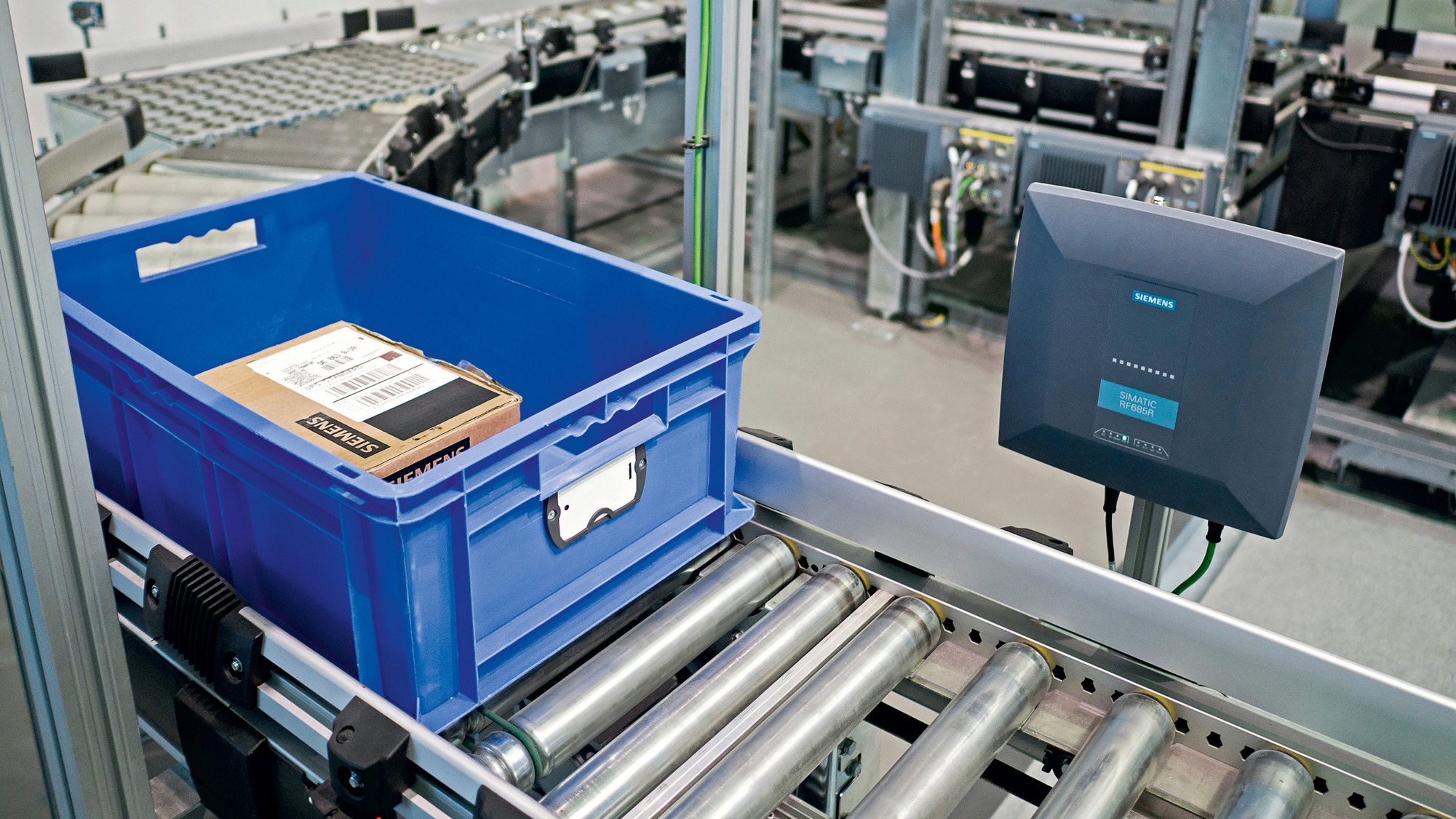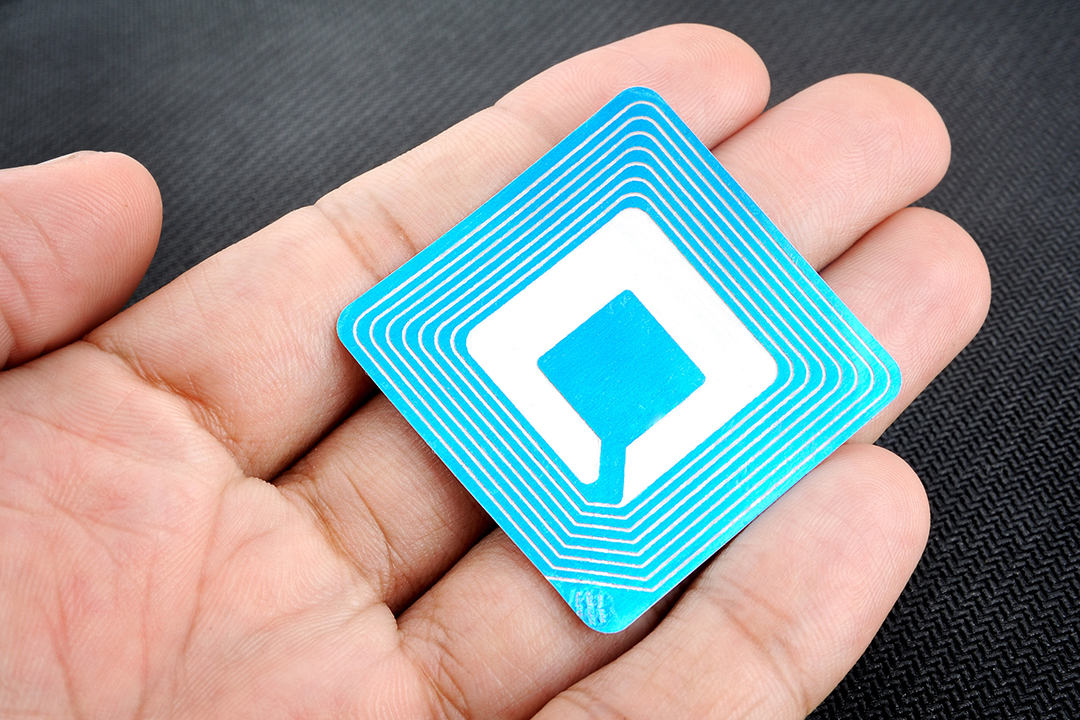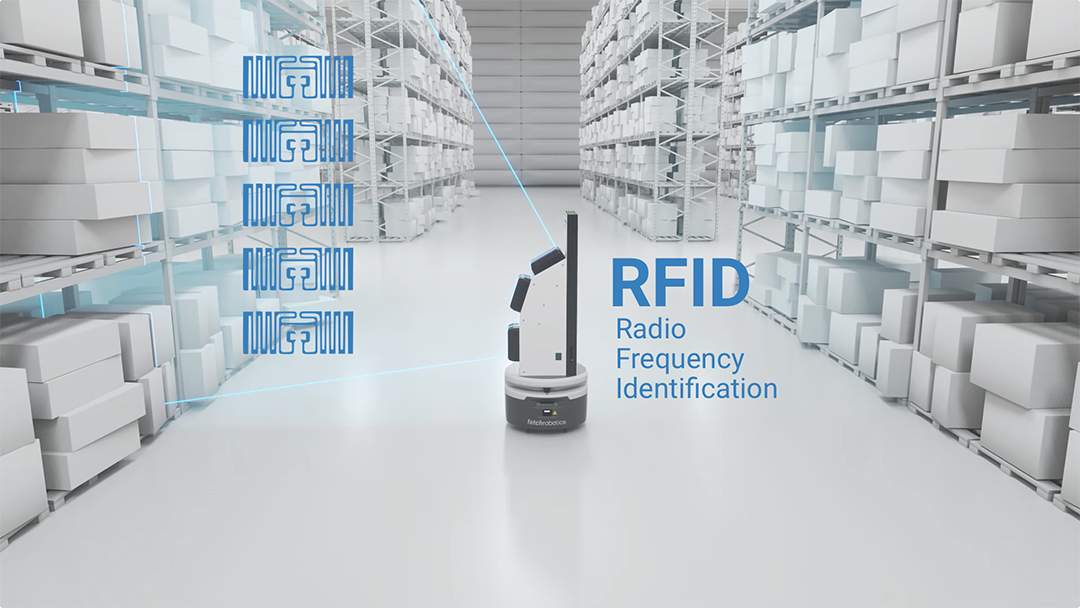Classification and design of RFID electronic tag antenna
Radio frequency identification technology is a non-contact automatic identification technology. It is a short-distance wireless communication system composed of electronic tags (Tag/Transponder), readers (Reader/Interrogator) and middleware (Middle-Ware). The tag in radio frequency identification is a combination of radio frequency identification tag chip and tag antenna. Tags are divided into active tags and passive tags according to their working modes. The active tag itself carries a battery to provide it with the energy required for the reader to communicate; the passive tag uses the inductive coupling or backscattering working mode, that is, the electromagnetic field or electromagnetic wave emitted by the tag antenna from the reader to obtain energy to activate the chip, and Adjust the matching degree between the radio frequency identification tag chip and the tag antenna, and feed back the information stored in the tag chip to the reader. therefore. The impedance of the radio frequency identification tag antenna must be conjugate-matched with the input impedance of the tag chip, so that the tag chip can obtain the electromagnetic energy emitted by the radio frequency identification reader to the greatest extent. In addition, the application occasion of the electronic tag must also be considered when designing the tag antenna. For example, the tag antenna applied on the surface of a metal object and the tag antenna applied on the surface of an ordinary object are very different in the structure and material selection of the antenna. Suitable for a variety of chips, low-cost, multi-purpose tag antenna is one of the key technologies for radio frequency identification to be widely popularized in our country.
1. RFID system and antenna classification
For the radio frequency identification system using passive tags, there are two working modes according to the different working frequency bands. One is the inductive coupling (Induc.tiveCoupling) T operation mode, which is also called the near-field operation mode, which is mainly suitable for low-frequency and high-frequency RFID systems; the other is the backscattering (Backscattering)32 operation mode Mode, which is also called far-field T operation mode, is mainly suitable for UHF and microwave RFID systems.
The inductive coupling mode mainly means that both the reader antenna and the tag antenna are in the form of coils. When the reader/writer reads the tag, it sends out an unmodulated signal. After the electronic tag antenna in the near field of the reader antenna receives the signal and activates the tag chip, the tag chip controls the current in the tag antenna according to the internally stored globally unique identification number (ID). The magnitude of this current further enhances or reduces the magnetic field emitted by the reader’s antenna. At this time, the near-field component of the reader shows the characteristic of being modulated, and the internal circuit of the reader detects the modulation amount generated by the tag and demodulates it to obtain the tag information.
In the backscattering mode, electromagnetic waves are used between the reader and the electronic tag to transmit information. When the reader reads and recognizes the tag, it first sends out an unmodulated electromagnetic wave. At this time, the electronic tag antenna in the far field receives the electromagnetic wave signal and generates an induced voltage on the antenna. The internal circuit of the electronic tag rectifies the induced voltage. And zoom in for activation of the tag chip. When the tag chip is activated, use its own global unique identification number to change the impedance of the tag chip. When the impedance of the electronic tag chip and the impedance match between the tag chip are good, the signal will not be reflected basically, and when the impedance matching is not good, the signal will be reflected. will reflect the signal almost entirely. In this way, the amplitude of the reflected signal changes, which is similar to performing amplitude modulation processing on the reflected signal. The reader/writer judges the identification number of the electronic tag by receiving the modulated reflected signal and recognizes it. Such antennas mainly include microstrip antennas, planar dipole antennas, and loop antennas. Figure 2 shows the UHF electronic tag antenna developed by us that can work in a variety of identification environments.
2. Design and test of electronic tag antenna
As mentioned above, RFID systems operating in low frequency and high frequency use inductive coupling mode for communication, so readers and electronic tags operating in these two frequency bands use coil antennas. The radio frequency identification systems operating in these two frequency bands are all limited by the range of near-field action, resulting in a short identification distance. According to the current situation, the maximum identification distance of the radio frequency identification system using near-field communication is less than 1 meter.
Since the radio frequency identification system in the low-frequency and high-frequency bands uses the electromagnetic field coupling mode, the antennas in the system are all in the form of coils. The main reasons for this format are as follows:
1. The coupling of the electromagnetic field is relatively tight between the coils:
2. The antenna adopts the form of a coil to further reduce the volume of the antenna and thus reduce the volume of the label:
3. The characteristics of the tag chip require the tag antenna to have a certain reactance.
In the UHF and microwave bands, the communication between the electronic tag and the reader adopts the backscattering method. At this time, the bridge connecting the electronic tag and the reader is no longer a near magnetic field but an electromagnetic wave. At this time, the passive electronic tag is in the far field of the electromagnetic wave of the reader. According to the wavelength of the frequency band and the aperture of the antenna, the distance between the far field of the RFID system in the frequency band and the reader can be calculated. Generally speaking, the operating distance of passive tags in the UHF range can reach about 10 meters, according to the existing data. The working distance of passive tags working in the microwave band (mainly 2.45GHz) is only about 1 meter. Therefore, the current radio frequency identification system using the backscattering down mode mainly uses the UHF frequency band located at 860-960 MHz.
In the radio frequency identification system composed of passive tag antennas, the tag needs to obtain energy from the electromagnetic field or electromagnetic wave generated by the reader to activate the tag chip. Therefore, a part of the circuit in the electronic tag is specially used to detect the induced electromotive force or induced voltage on the tag antenna, and rectify it through a diode circuit and amplify the voltage through other circuits. These circuits are integrated and stored inside the tag chip. When the chip is packaged, a part of distributed capacitance is usually introduced. However, the antenna design itself does not need to know the specific circuit in the chip, but only needs to know the impedance of the chip and the chip after packaging, and use the law of maximum energy transfer to design the input impedance of the antenna.
Since the output impedance of the electronic tag chip has a reactive component, in order to achieve the maximum transfer of energy, the input impedance of the antenna needs to be designed as the conjugate of the tag chip impedance. Generally speaking, the input impedance of the electronic tag chip is in the form of Z=R_X. In order to obtain the impedance of the conjugate form, the impedance of the electronic tag antenna should be in the form of Z=R+iX.
As mentioned above, the passive tag antenna working in the low-frequency and high-frequency RFID system adopts the coil form, which can introduce inductive reactance to offset the capacitive reactance in the equivalent circuit to realize the tag chip and antenna maximum energy transfer between.
For tag antennas used in ultra-high frequency and microwave frequency bands, in order to introduce inductive reactance to offset the capacitive reactance of the chip, it is necessary to add a ring structure to the antenna design for inductive feeding, or add a T-shaped structure such as “31”. . In addition, in order to obtain a longer reading distance under the specified equivalent isotropic radiated power (EIRP), the electronic tag antenna is also required to have a high gain. It also requires sufficient matching between the tag antenna and the tag chip.
After the tag antenna is designed and simulated and ideal results are obtained, the antenna needs to be processed and tested to verify the correctness of the design and simulation. It is also because the tag antenna introduced in the previous article has the characteristics of complex impedance, and its test method is different from the test method of the antenna with real impedance. In addition, in the test process of the same tag antenna, the test method is different according to the required data. Usually, it is not necessary to test the input impedance of the antenna in the process of testing the antenna. However, the impedance of the tag antenna is a negative impedance, and the ratio of its imaginary part to the real part is large (usually X/R>10), such an impedance curve is close to the short-circuit circle in the smith circle diagram, and it is difficult to observe the impedance bandwidth of the antenna through the smith network diagram . In order to obtain the input impedance of the tag antenna. The output port of the test equipment can be directly connected to the input port of the antenna because this method does not consider the characteristic of the complex impedance of the tag antenna itself. There is no conjugate matching between the antenna and the test equipment. At this time, only the impedance parameters of the antenna can be obtained. The circuit parameters commonly used to measure the antenna, such as scattering matrix parameters and standing wave ratio, cannot be obtained directly.
In order to obtain circuit parameters such as scattering parameters and standing wave ratio, so as to evaluate the impedance bandwidth characteristics of the antenna, the measured impedance parameters can be brought into the relevant formula for calculation or the impedance matching method can be used to add matching between the test equipment and the antenna. circuit. The matching circuit can be formed in two ways, one is to use discrete components with higher operating frequency, and the other is to use microwave circuits. It should be noted that the distribution circuit should be close enough to the antenna port. In this way, a large bandwidth can be obtained and the negative influence of the connection line between the antenna and the distribution circuit can be avoided.
The circuit is used to test the tag antenna. However, the use of matching circuits has some disadvantages:
l. Regardless of using discrete components or microwave circuits to form an impedance distribution circuit, its bandwidth is always limited. When the actual bandwidth of the antenna is greater than the bandwidth of the distribution circuit, the measured bandwidth will no longer be accurate;
2. There is always a loss in the distribution circuit of the south, so the parameters such as the bandwidth and return loss value obtained by the test are somewhat different from the real antenna parameters;
3. There is always a distance between the introduced distribution circuit and the antenna, which causes a certain error in the test.
In addition to obtaining parameters such as bandwidth and co-wave loss with a certain accuracy, the above-mentioned scheme of using matching circuits for testing is also necessary for testing antenna radiation characteristics such as pattern and gain. Only through the impedance matching circuit can most of the energy received by the antenna be transferred to the test system without reflection, so as to test the corresponding radiation parameters.
3. Conclusion
With the continuous expansion of the application of radio frequency identification technology, more and more occasions require the use of radio frequency identification system. As an indispensable part of the radio frequency identification system, the electronic tag antenna is one of the main contents of future research in its design, production, and testing. Due to the inherent characteristics of electromagnetic waves, in environments such as near metals and liquids, radio frequency identification The performance of the system will be greatly reduced. In such an environment, in addition to improving the performance of the reader, it is more important to improve the performance of the electronic tag antenna. We are currently conducting research on the application of electronic tag antennas in these complex environments. In addition, the performance of flexible electronic tags will also deteriorate when they are attached to non-flat surfaces. How to avoid the impact of flexible labels applied to non-flat surfaces is another focus of our current research.

